Would you like to visit Trieste? Discover the must-sees of this city, its vibrant character and its hybrid traditions!
There are several ways to visit Trieste, this small town in the northeast of Italy, the capital of the region Friuli-Venetia Julienne. Hiking at the bottom of the Gulf of the same name and close to the Slovenian border , this city has been found, through its history, under various influences of which it has kept track.
Indeed, in 1382, following complicated relationships with Venice Trieste becomes Austrian. Then, in 1918, after the First World War, she returned to Italy! Also, thanks to the extensive infrastructure and its geographical location, it was long one of the largest ports in the Mediterranean.
Swept between its influences, it has forged a unique character, combining both the Slovenian tradition and the Germanic architecture! A character that you are invited to discover, through 9 essential things.
1. The Piazza dell’Unità d’Italia
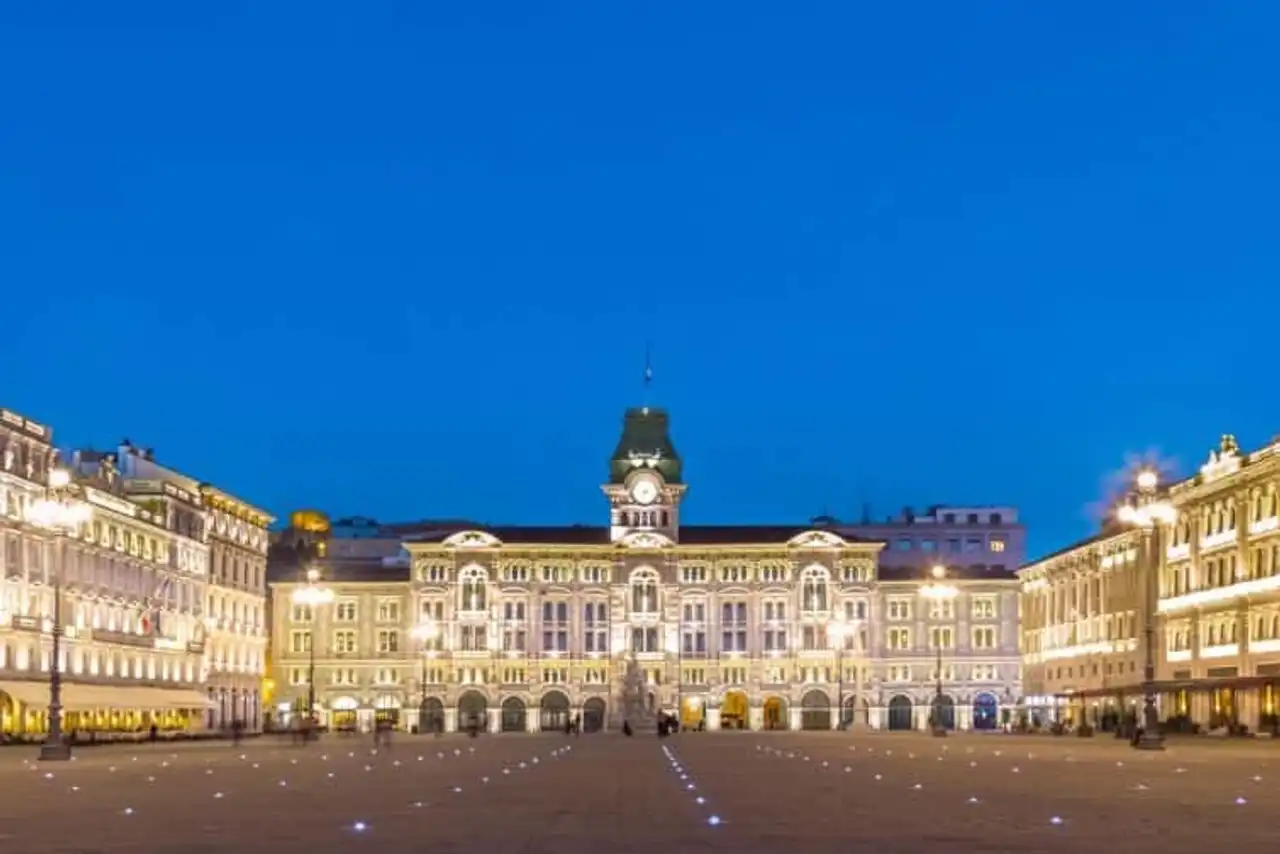
Photo credit: Shutterstock – Matej Kastelic
Start visiting Trieste by the Piazza dell’Unità d’Italia. It is indeed the main square of the city. Rectangular, it is lined with three quarters by beautiful buildings with Austrian influences. Among them, the city hotel Giuseppe Bruni, an imposing structure since which Mussolini announced to his people the introduction of fascist laws in 1938. The other quarter offers a view of the Gulf of Trieste.
In its extension you can discover the Molo Audace , a stone dock built in the 18th century, also testifying to the strong past maritime activity.
La Fontaine des Quatre Continents
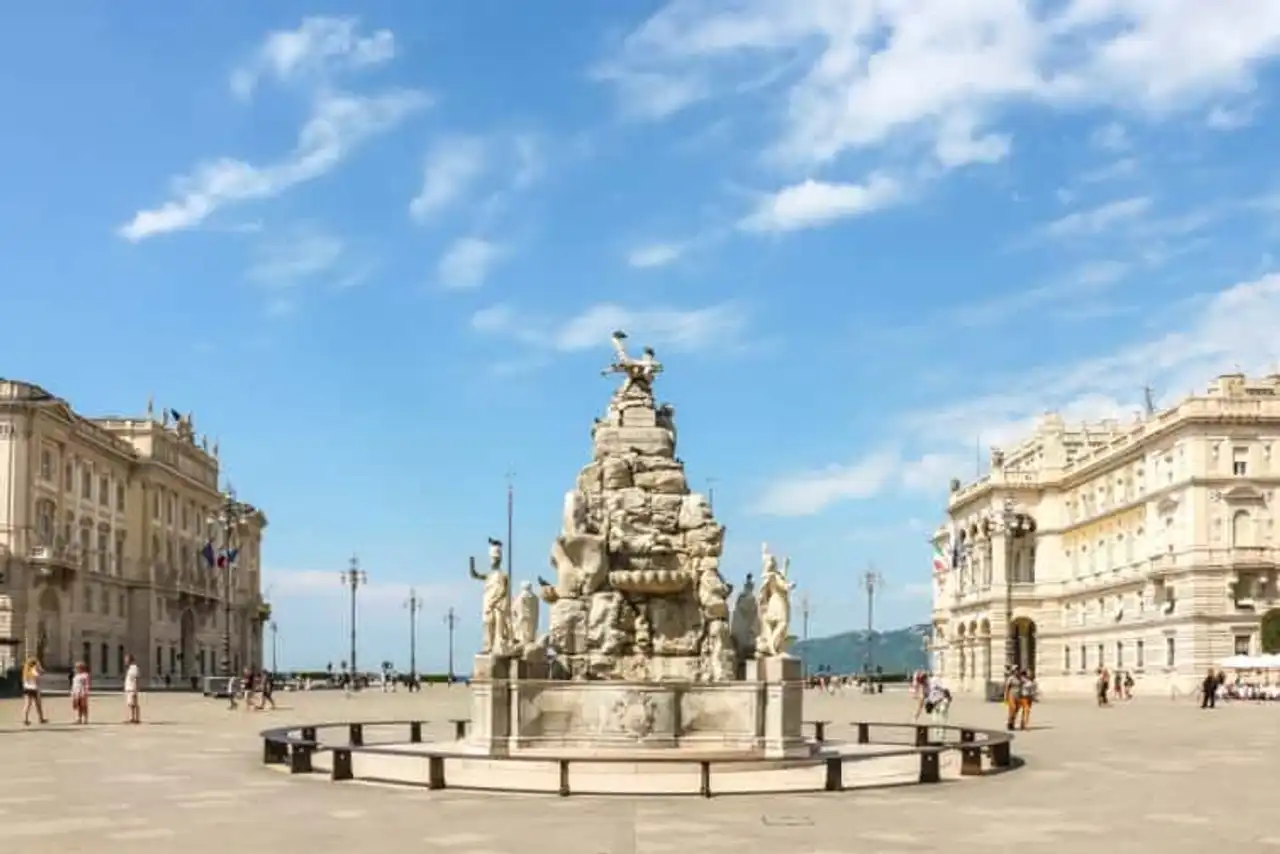
Photo credit: Shutterstock – Denis.Vostrikov
Just in front of the city hotel Giuseppe Bruni, you can observe the magnificent Fontaine des Quatre Continents (or also Fontana del Mazzoleni ). It is a monumental sculpture that dates from the half of the 18th century. At the time the known world only involves four continents, which are then symbolized by four characters (Europe, Asia, Africa, America).
The room itself represents Trieste and its commercial and port city status, at that time still very active.
2. The Palazzo Carciotti
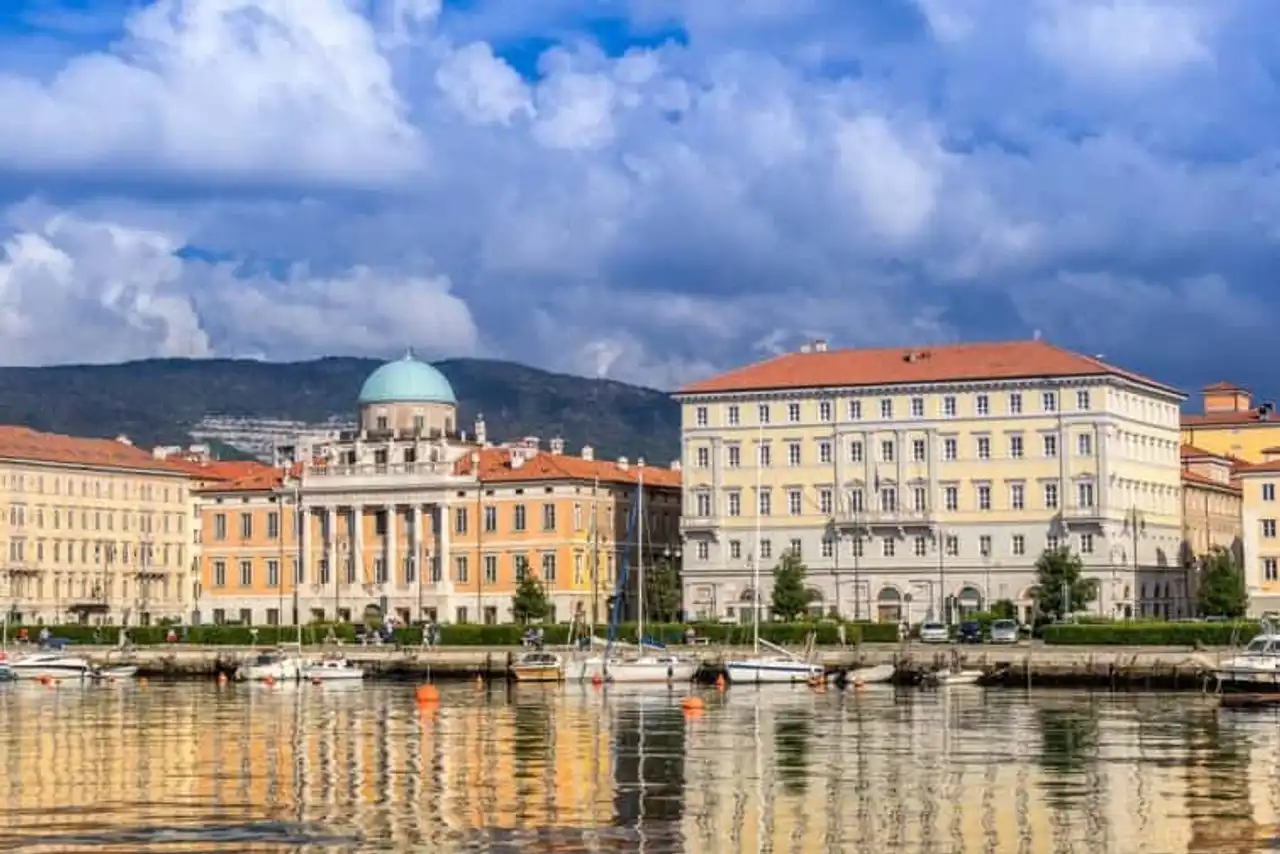
Photo credit: Shutterstock – Gordon Bell
On the right bank of Canal Grande, take the time to marvel at the Palazzo Carciotti. The palace, with its imposing architecture with the Greek columns, was born from the order of a rich merchant of the late 18th century, Demetrio Carciotti. It is one of the most prestigious and symbolic buildings that can be visited in Trieste.
However, no cultural use is made. This is simply to observe it under all seams. If it has sheltered military, private or municipal offices, today it is put on sale for the modest sum of 21 million euros.
3. The Light of Victory
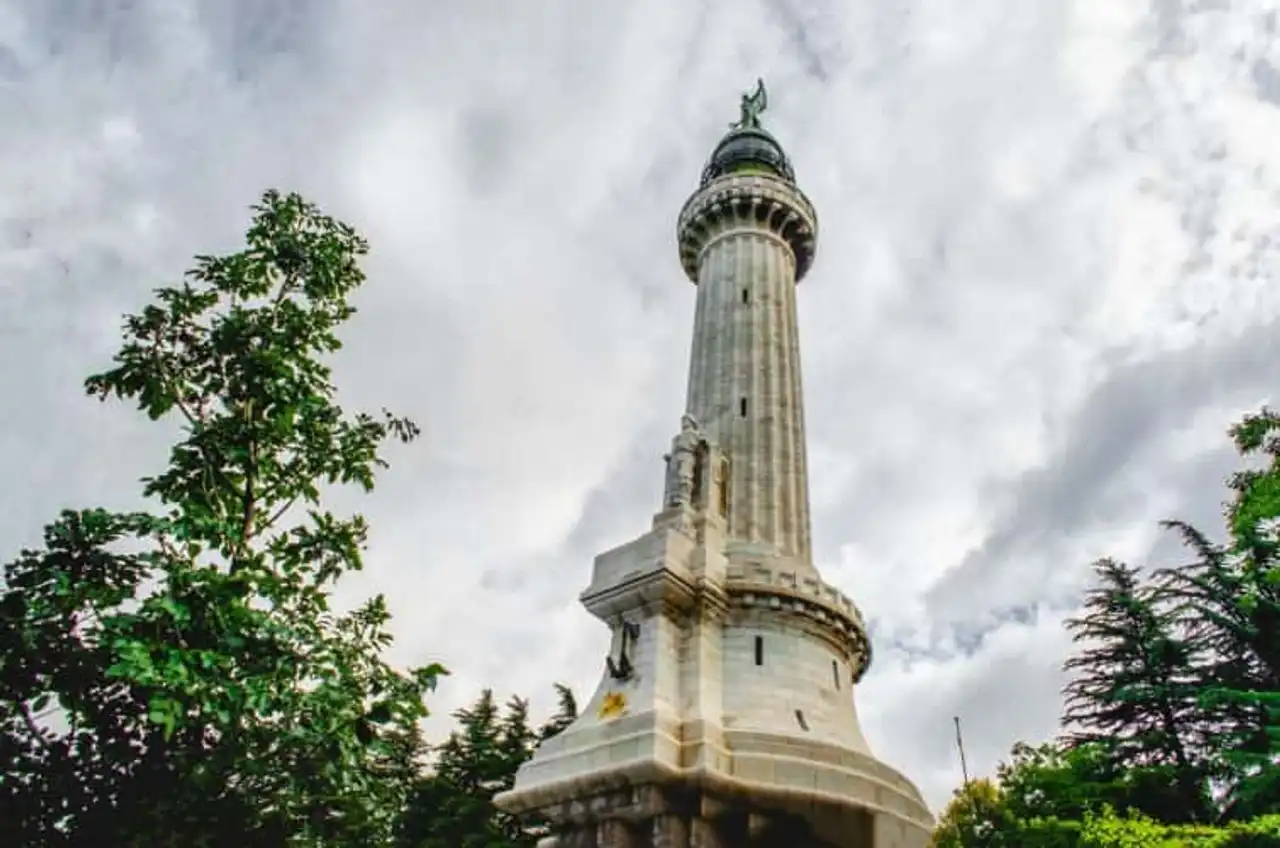
Photo credit: Shutterstock – Luca Lorenzelli
Located north of the city of Trieste, the Phare de la Victoire is 67 meters above sea level (116 meters for the lantern). Despite its situation on the Poggio di Greta hill, it has a maritime function and can illuminate the sea for 65 kilometres in clear weather.
That being said, he has an important symbol: he pays tribute to the victims of the First World War. Moreover, it was the day after this world drama that it was built (1923-1927). It is possible to enter it in order to embrace a breathtaking view of Trieste, and this free of charge.
4. The Tram of Opicina
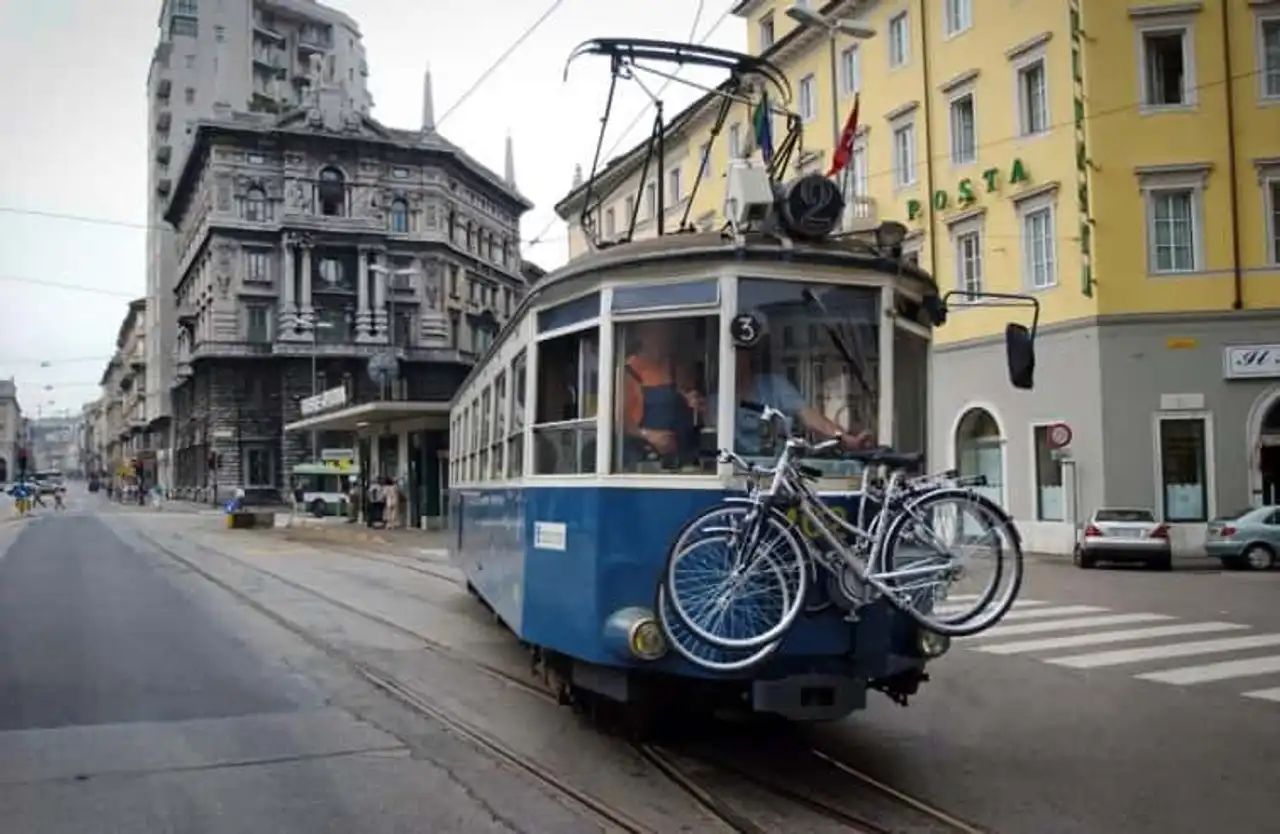
Photo credit: Shutterstock – MikeDotta
To visit Trieste in an original way, do not miss to borrow the tram that connects the city center to the neighborhood of Opicina since 1902. The originality lies in the fact that part of the journey takes place on a funicular. If in Trieste the line is only 3 meters above sea level, it climbs to 320 meters once in Opicina!
5. The Risiera Di San Sabba, the fascist camp
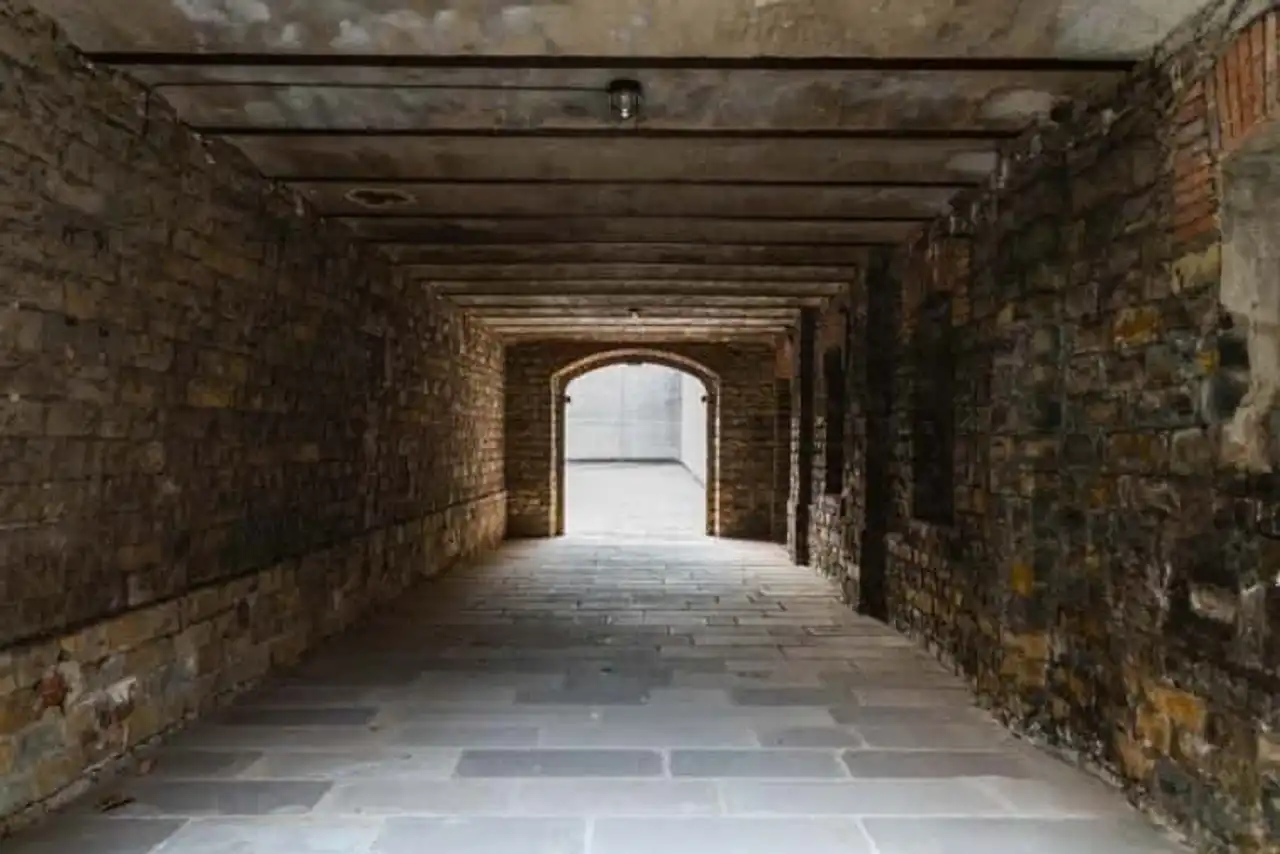
Photo credit: Shutterstock – Nicola Simeoni
During the Second World War, the Nazis took over Trieste and its rice decaying plant (Dr. risiera ) for in fact a camp of internment first transient. The internees were Jewish, political refugees, and even Slovenian and Croatian.
But later, he became an extermination camp, killing between 3,000 and 5,000 people. Today it is a museum where you can discover the traces of this unfortunate past.
6. The Church of the Holy Trinity and Saint-Spiridion of Trieste
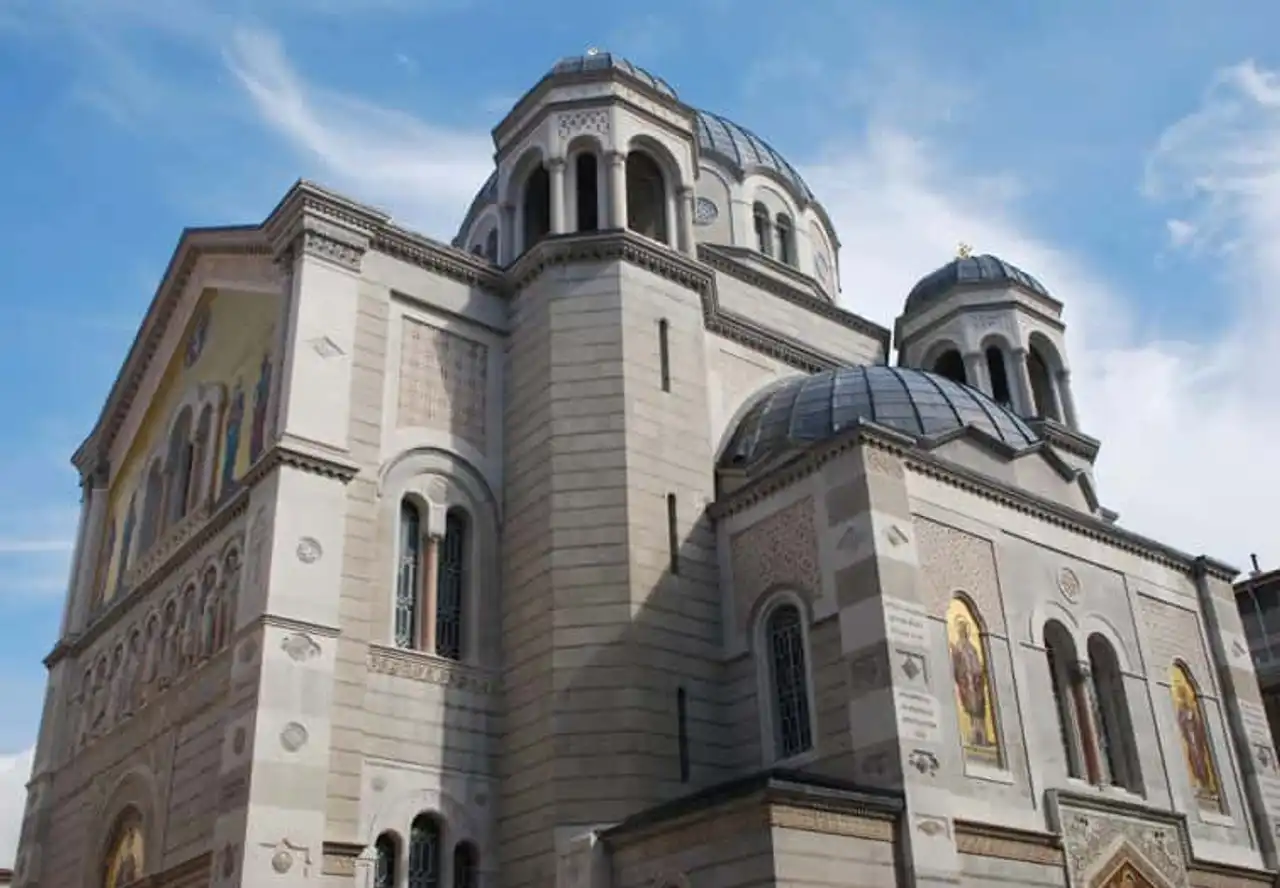
Photo credit: Shutterstock – Claudio Caridi
Behind this very long name lies an imposing and sublime church, with the attractive Byzantine architecture. Colourful facade, blue domes and decorative mosaics perfectly characterize the building. Built towards the end of the 14th century, the Church of Saint-Trinité-et-Saint-Spiridion is located near the Canal Grande.
Its orthodox interior is rich, colourful and sparkling. Here you will find beautiful golden frescoes, elegant red carpets, all in respect of religion.
7. The historic centre of Trieste
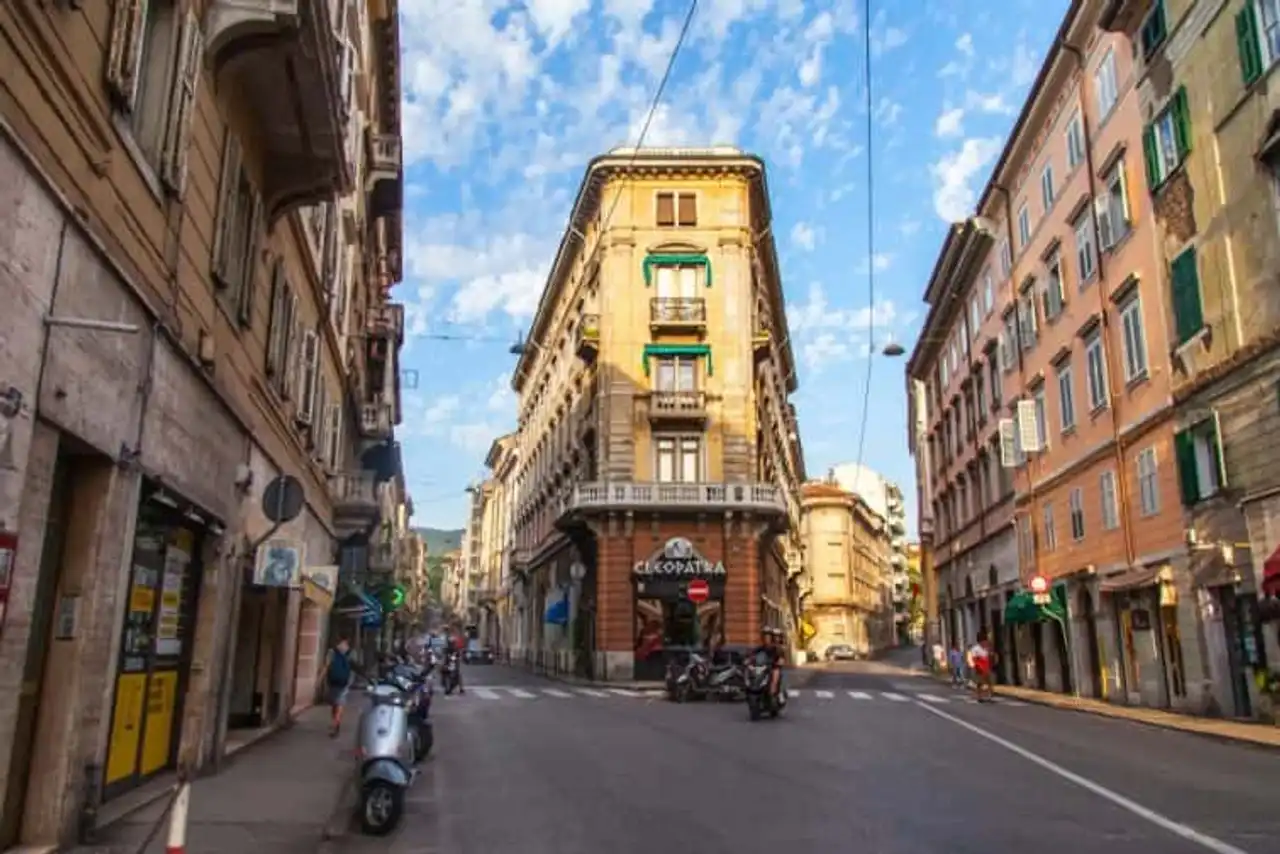
Photo credit: Shutterstock – bellena
It is in the historic centre of Trieste that you will find the majority of the ancient buildings of the city. However, beyond the cultural visit, you are interested in shopping streets and Trieste villas. The influences of Central, Balkan or Mediterranean Europe are truly well married in this city with a very tempered character.
The red tiles buildings that border the main arteries as the most discreet, juxtaposed with imposing buildings, form a very charming whole!
8. The Canal Grande
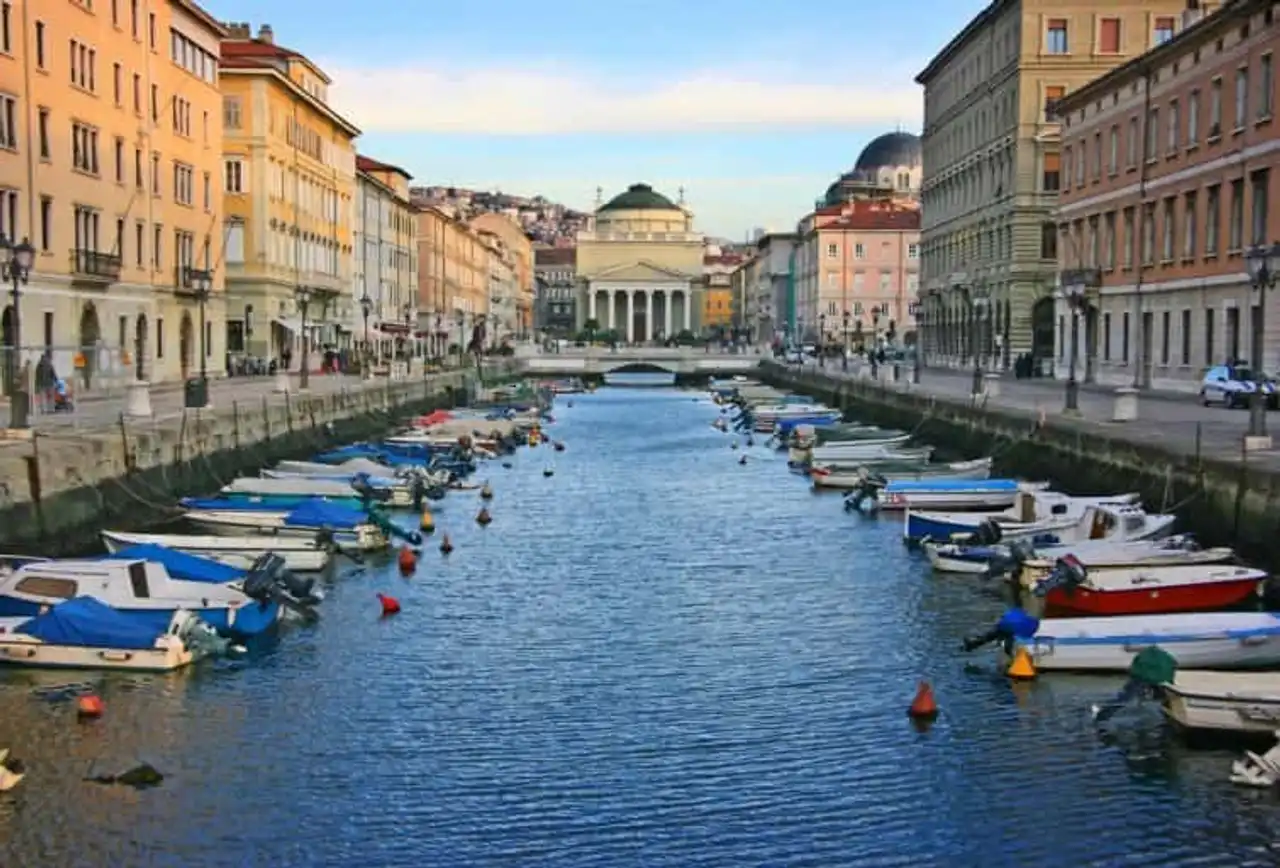
Photo credit: Shutterstock – Mario Savoia
The Grande Canal is an artificial canal that was built in the middle of the 18th century in order to allow merchant boats to access the city centre. Thus, they could more easily unload and load their goods on the docks. This to defraud the other docks of Trieste who were then a very active merchant port.
Today, the Grande Canal attracts mainly tourists for the beautiful timeless atmosphere that reigns there. The facades, colored boats and small shops or cafes give the impression that time stops...
Ponte Rosso
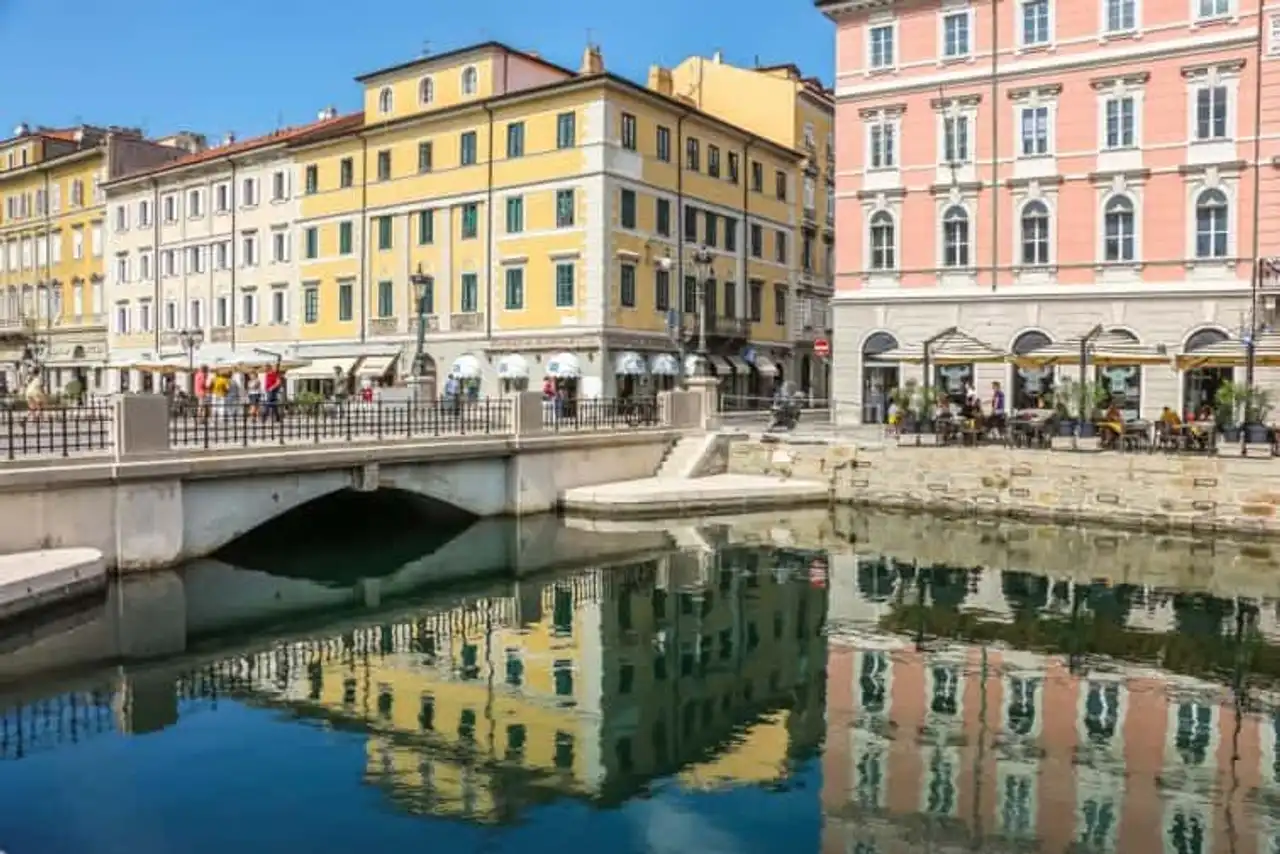
Photo credit: Shutterstock – Denis.Vostrikov
The Ponte Rosso is a fixed bridge over the Canal Grande at the end of the latter. You can do everything to get through it, and then admire all the prestance of the artificial canal. From the sea to under your feet, the water goes and comes at the slow pace of the Mediterranean tides.
9. San Giusto hill
The Cathedral of Trieste
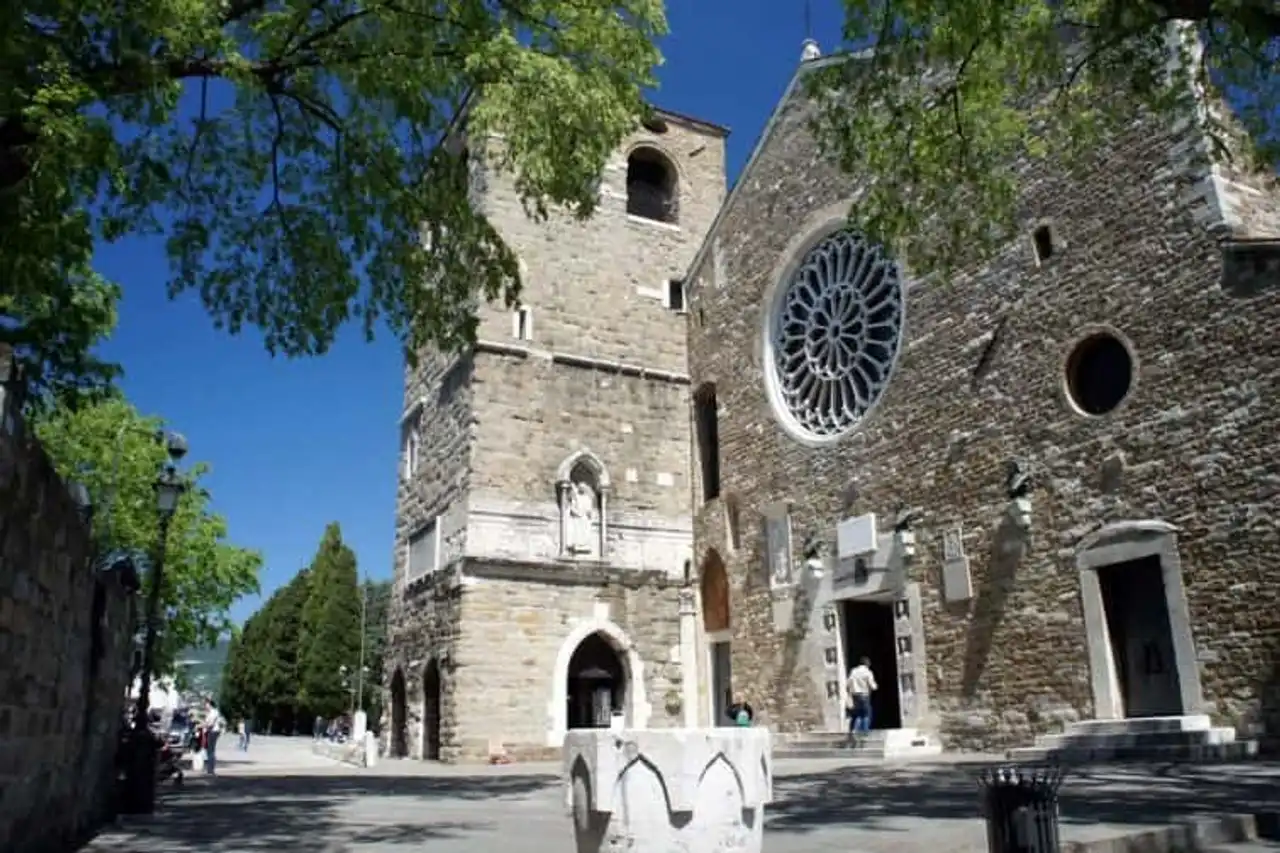
Photo credit: Shutterstock – VVlasovs
This cathedral dates from the fifth century, built in place and place of a Roman temple. Originally, she had 3 naves, but today it remains only the main one. A few other works have survived the times, such as the mosaic of the presbytery (XII century). The cathedral is among the oldest buildings to visit in Trieste.
The Roman forum
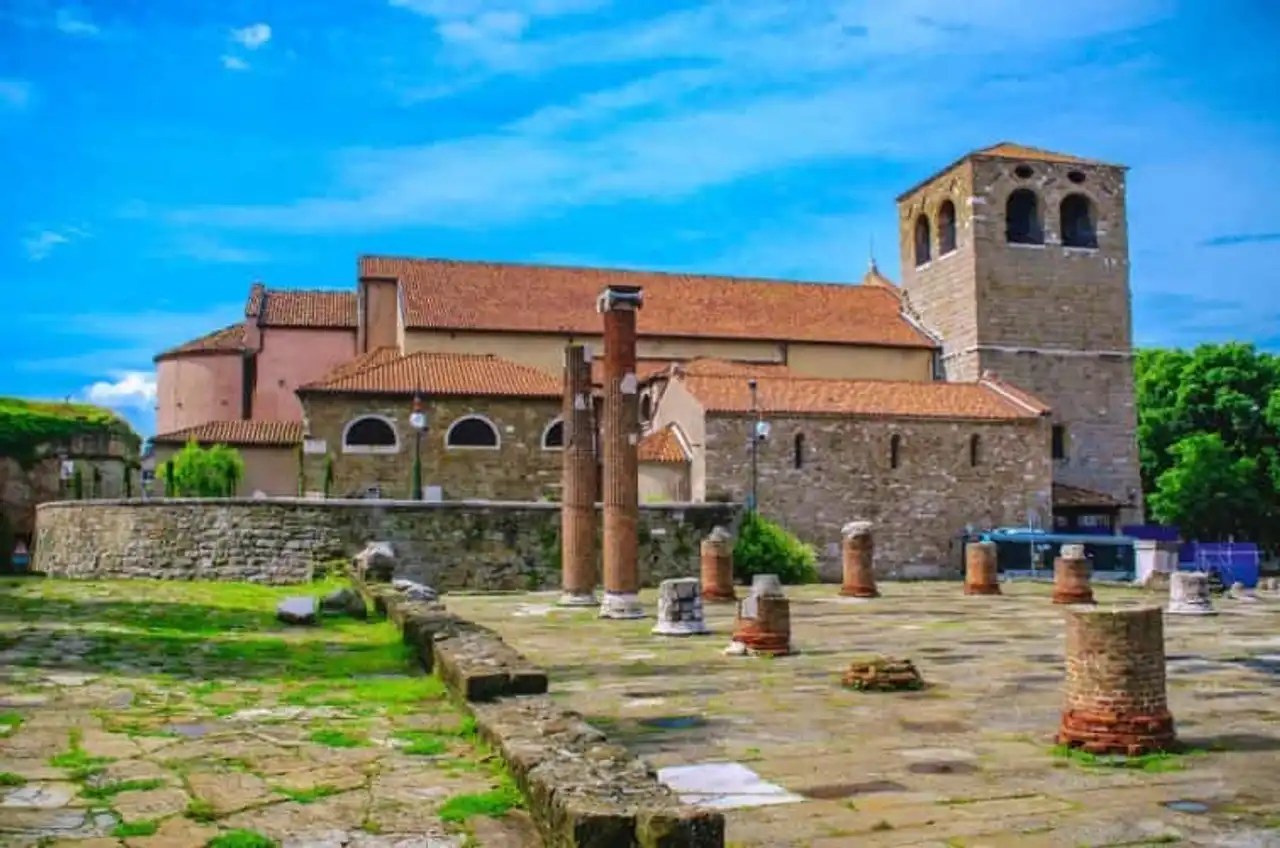
Photo credit: Shutterstock – Luca Lorenzelli
Just below the Cathedral of San Giusto, the remains of a Roman forum appear. A Roman forum is a public place on which business meetings were organized, for example for trade or politics. The remains of San Giusto make us discover the remains of the columns, dating from the 1st century BC, the same time as the Arc de Riccardo, visible in the center of Trieste.
Le Castello San Giusto
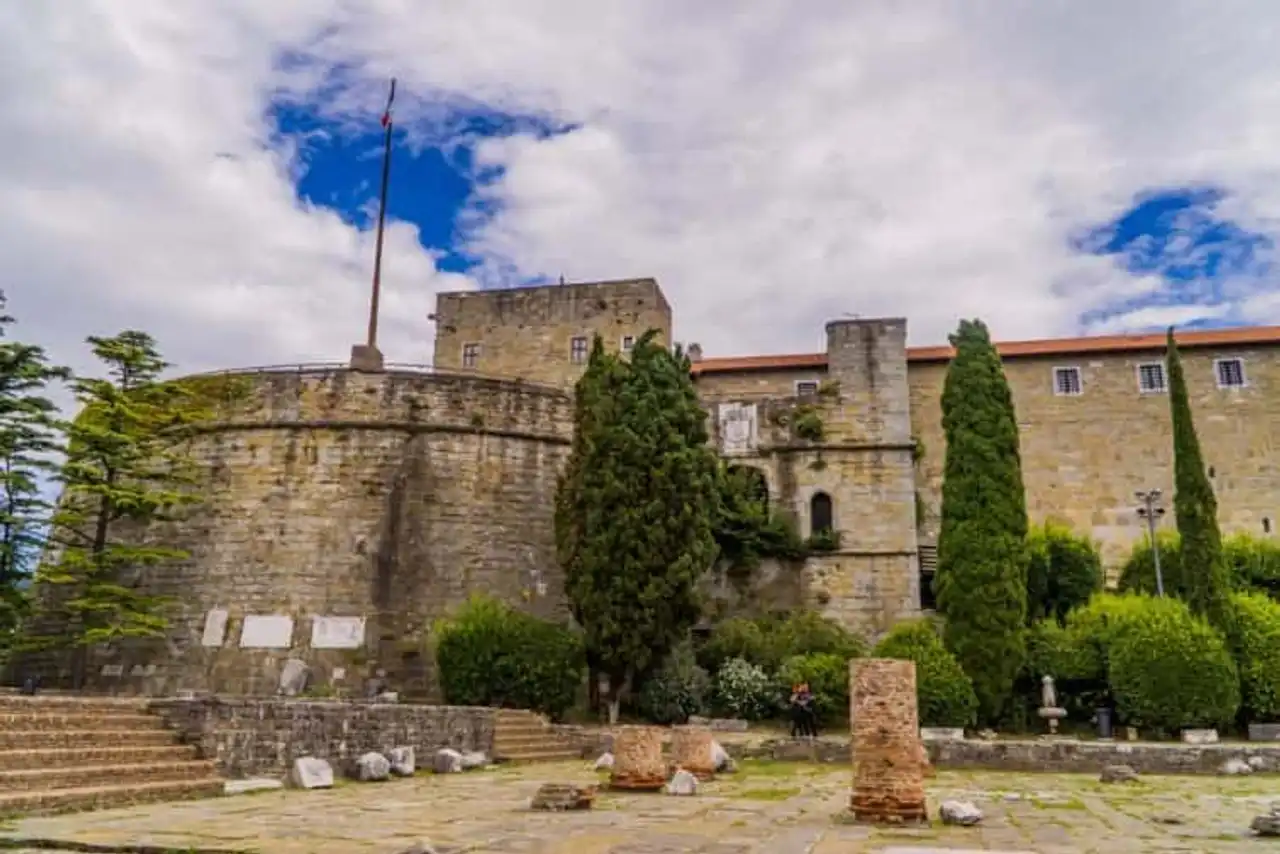
Photo credit: Shutterstock – Jack Krier
It is a fortified medieval building, located right next to the Roman forum. Built in nearly 2 centuries, he served as a house for captains of the Austrian Empire until 1750. It now houses a municipal museum that offers the discovery of historical and artistic collections.
Very regularly, musical events are organized in the courtyard of the castle where scenes and seats can be installed. Also find an observation point from which you can visit Trieste at a single glance!
See also in Trieste
Are you looking for other nice places to visit in Trieste? Here are some interesting places to discover :
- The Castello di Miramarone of the Habsburg residences, with its park and museum;
- Cathedral of Triestethe rectangular church of the fifth century;
- Piazza Sant’Antonio Nuvo and l**’ Church Paroissiale Sant’Antonio Taumaturgo** ;
- L’Arc de Riccardodating from the 1st century BC and preserved between several modern buildings;
- Piazza della Borsa, its building in Art Nouveau style and the covered gallery of Palazzo del Tergesteo;
- The Slovenian border and its nearby cities like Koper or Izola.
How to get to Trieste?
To go to Trieste, by the road, you will have to follow the A4 motorway Italian, also named the Serenissime. It is the path that passes almost all of Northern Italy, from east to west, but it is also the simplest and more direct path. From Milan , count still 4:30 Road. To this, add the journey time from your starting point.
You can also choose to come by train an economic and practical solution. Indeed, the interest to visit Trieste is the discovery of the center, where the Central station ( Stazione Centrale ) is. This is a great advantage, especially if you decide to stay in the city centre. Regular lines link Trieste to the rest of Italy and Western Europe.
Otherwise, airport of Friuli Veneto is closest to Trieste, about 40 kilometers (40 minutes away). There are flights from Paris or Nantes , but to find the offer that suits you, go to a comparison of flights, as Skyscanner . Also, note that you will then have to rent a car, take a regional train (the train station is next, with a departure every 30 minutes), or pay a taxi.
Where to stay in Trieste?
The city of Trieste is divided into seven districts, all organized around the port and the central square. Whatever your choice, don’t hesitate to help you with a Compare hotels to find the offer that best matches you, at the desired price. The vast majority of housing offers in Trieste; between hotels or Airbnb , is located in downtown , in Canal Grande area and at the old-port .
The architects of monuments with Shia architecture will appreciate the city centre, where many religious buildings find their place. Also, it is one of the most dynamic districts once the night comes. Ideal, so, to visit Trieste from a new angle, and taste some local specialties. Not far, there is the Canal Grande di Trieste district, and its numerous boats with mooring. Heat with accents dolce vita reigns in this charming neighborhood, where the smells of trattoria Will awaken your taste buds.
Finally, in continuity, discover the old-port, very convenient to visit Trieste and its surroundings, because it is close to the station.
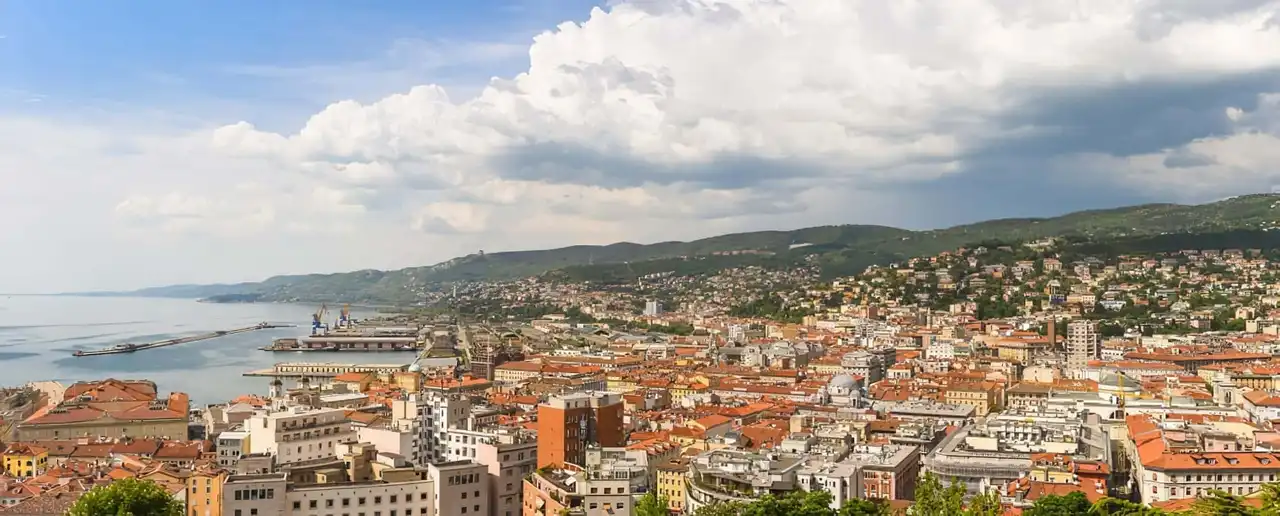





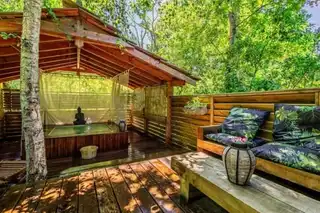
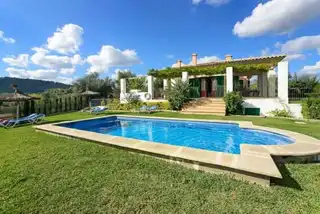
Loading comments ...